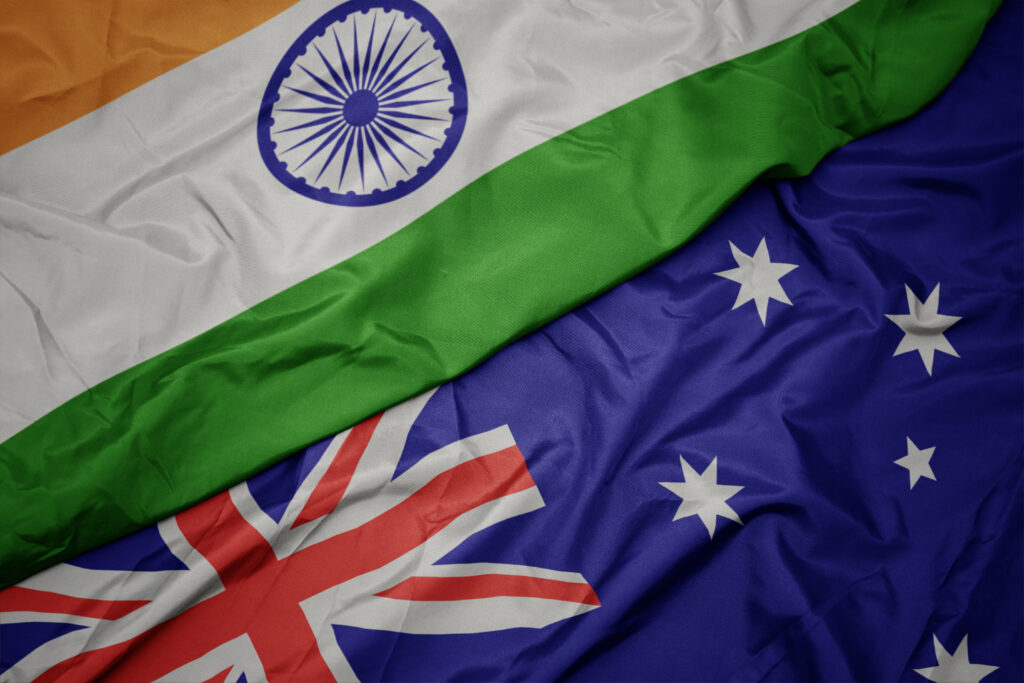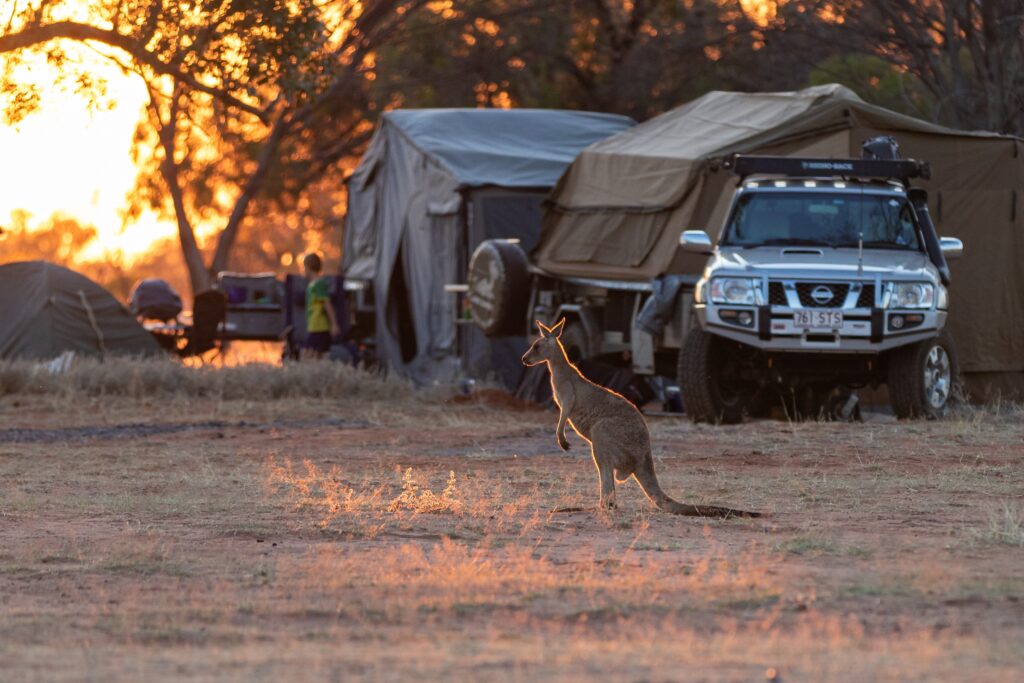The Australian Government has recently introduced a new national consent framework, aiming to encourage healthy sexual relationships in Australia. While the framework doesn’t have the same powers as law, it hopes to bring consistency to the definition of consent, which differs across states and territories.
As someone studying in Australia from abroad, you might find the concepts and laws surrounding consent here different from what you’re used to. Perhaps the very idea of consent or its importance in sex and dating is new to you. If this resonates with you, rest assured, you’re in the right place to learn.
So, what is consent and what do you need to know about consent in Australia? Let’s break down the most important facts.
What is consent?
The Government’s new definition of consent is: “A free, voluntary and informed agreement between people to participate in a sexual act. This agreement is only present when these people mutually and genuinely want to engage in that sexual act, and actively ensure their partner does too.”
Consent can only be given if it’s voluntary and there is no element of coercion, fear or intimidation involved. People can also not offer consent if they are under the influence of drugs or alcohol, asleep or unconscious, or incoherent due to other factors. People with cognitive disabilities that affect their understanding of certain situations may not be able to provide consent.
Legal age of consent in Australia
It’s important to note that consent can only be given by individuals who meet the legal age of consent in Australia. People who are younger than this cannot legally give consent. The legal age of consent in Australia varies between states and territories; a full breakdown can be found below:
- ACT: 16 years old
- NSW: 16 years old
- NT: 16 years old
- Queensland: 16 years old
- SA: 17 years old
- Tasmania: 17 years old
- Victoria: 16 years old
- WA: 16 years old
Why is consent important?
Consent (particularly sexual consent) can’t be understated. Consent is a crucial part of ensuring that every sexual interaction is safe and enjoyable for all parties involved.
Normalising conversations around consent is also a key part of lowering instances of sexual assault. A personal safety survey by the Australian Bureau of Statistics revealed that in Australia, roughly one in five women and one in 16 men have experienced sexual violence since turning 15. What’s more, half of women in their 20s have experienced sexual violence.
As a result of growing awareness, improvements are being made to consent laws. This includes the recent introduction of laws against ‘stealthing’ and the requirement of ‘affirmative consent’ (see consent dictionary below) in many Australian states. Additionally, education on consent is now mandatory in all Australian schools. With stronger consent laws in Australia, people are not only more empowered to set their own boundaries but they are held more accountable to respect the boundaries of others.
How can I ask for and/or give consent in Australia?
There are many ways you can ask for and give affirmative consent. Asking for consent can be as simple as asking, “Are you comfortable right now?” or “Is it okay if I…?” or “Do you want to keep going?”
On the other hand, providing consent can be as simple as saying, “Yes” or “I want to do this/keep going.” While there are also nonverbal ways of communicating consent – such as nodding your head – it needs to be completely clear to all parties that consent is being given.
You can find some of these examples in action via the NSW Government Make No Doubt campaign videos below.
Remember: you can always withdraw your consent at any time during any sexual interaction. It’s never too late to change your mind and, if that happens, your wishes should always be respected.
Your consent dictionary
Australian consent activist Chanel Contos, the founder of Teach Us Consent, teamed up with Tinder to create a consent-focused dating dictionary. We’ve highlighted a few essential terms for you, but we suggest reading through the whole guide so you’re both informed and confident in understanding consent in the dating world.
Affirmative/enthusiastic consent – Explicit, informed, and voluntary agreement to participate in a sexual act. It looks for the presence of a ‘yes’ rather than an absence of a ‘no’.
This is now law in Victoria, New South Wales, Tasmania and ACT.
Aftercare – Another term for a post-intimacy check-in, an important part of any sexual interaction to see how a partner is feeling.
– A form of sexual harassment, cat-calling is a rude, derogatory or unwelcome comment made towards someone in passing
Image-based abuse – A crime that happens when someone records, captures and distributes (or even threatens to distribute) intimate images without permission of the person pictured, whether they consented to the image being taken or not.
Stealthing – The non-consensual removal of a condom during sex, or the failure to put a condom on when someone has been asked to.
Stealthing is illegal in Victoria, New South Wales, ACT, South Australia and soon-to-be in Queensland.
Victim blaming – Putting the blame of sexual assault on the victim rather than the perpetrator. Common forms of victim blaming include:
- Clothing: Suggesting a victim’s attire invited the assault.
- Sexual history: Using someone’s past relationships to justify the crime.
- Relationship status: Claiming assault can’t happen in relationships/marriages.
- Lack of resistance: Assuming non-resistance equals consent.
- Absence of a clear ‘no’: Assuming silence or a lack of explicit refusal is agreement.
- Intoxication: Blaming the victim for being under the influence.
- Delayed reporting: Doubting the validity of the claim due to late reporting. There are many reasons why a victim might not immediately report their assault or may choose not to report it at all.
Each of these examples of victim blaming is a damaging viewpoint that wrongly shifts blame to the victim instead of the perpetrator. It’s important to understand that the sole responsibility for the assault rests with the perpetrator, never the victim.
Sexual assault support services
In the unfortunate event that you or someone you know experiences sexual assault or harassment, it’s important to know you’re not alone. There are several resources available to help and support you.
1800RESPECT – The national domestic, family, and sexual violence counselling, information and support service. If you or someone you know is experiencing, or at risk of experiencing, domestic, family or sexual violence, call 1800RESPECT on 1800 737 732, chat online or text 0458 737 732. These services are available 24/7.
Full Stop Australia – National trauma counselling and recovery service for people of all ages and genders experiencing sexual, domestic and family violence. This service is free and confidential. Available 24/7. 1800 943 539 or visit the website.
Rainbow Sexual, Domestic and Family Violence Helpline – National helpline for anyone from the LGBTIQA+ community whose life has been impacted by sexual, domestic and/or family violence. This service is free and confidential. Available 24/7. Call 1800 497 212.
No to Violence – If you are concerned about your behaviour, call the Men’s Referral Service on 1300 766 491 or visit the website for judgement-free support.
Australian Sexual Assault Services Directory – A directory of the multiple specialist sexual assault services and rape crisis centres in each state and territory available across Australia.
For more resources and support, see our guide here





